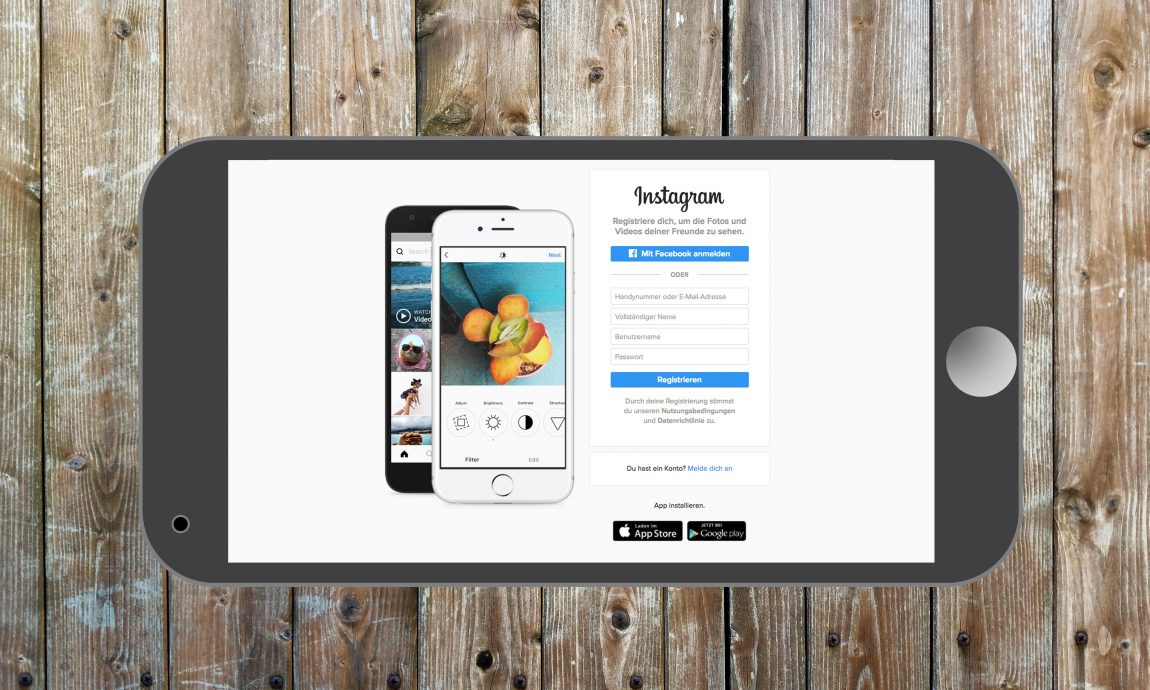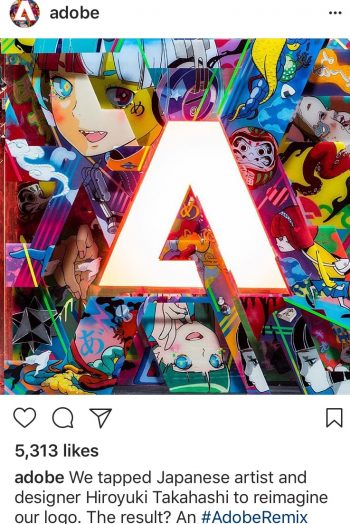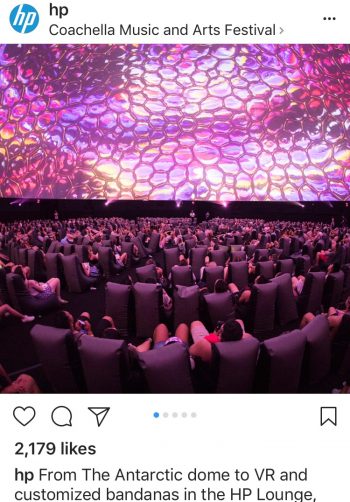Worth Their Weight: Marketing Videos for Manufacturers
by Emily Swet
 Marketing Videos for Manufacturers
Marketing Videos for Manufacturers
Video content is king these days, and the manufacturing industry is no exception. If you’re a manufacturer and have passed on the video spend, it might be time to rethink. A quick glance at the stats, and you’ll see why marketing videos for manufacturers are an important sales tool:
- According to Cisco, video traffic will represent 82% of all consumer internet traffic by 2021.
- 62% of B2B Marketers reported video as an effective tactic in 2016 to the Content Marketing Institute.
- Millennial B2B buyers are on the rise: 34% reported being sole decision-makers, and 25% share in the process (fact: millennials love video.)
Lower-cost technology like drones, the GoPro, and the high-def filming options on digital SLR cameras make it possible for your marketing partner to produce video with much lower spend. But because video is now relatively simple to make, it’s easy to overlook the details that count. A well-crafted video can position your company as a trustworthy authority and become a lead-generation workhorse. In contrast, a poorly done video can have the reverse affect; looking like an amateur never helped a bottom line.
Before you sink any money into video, here are 3 things to consider:
- The Importance of a Well-written, Professional Voiceover. The narration of your video has an end game: persuasion. A good voiceover sets the mood, whether it be light-hearted, trustworthy, or authoritative, to move the viewer to action. Don’t leave that to the amateurs.
- Rich Visuals and Clean Edits. In other words, for a video to reach its potential, don’t use your smartphone. You don’t need Steven Spielberg, but you do need high-quality production to look professional and gain credibility. (You can use your smartphone for live video though).
- Music Selection. There’s a trove of good-quality, inexpensive stock music available these days. A seasoned ear can match up the right sound for you at very little cost.
What kind of videos work for manufacturers? Lots.
- Explainer Videos: These vids explain who you are and how you solve a problem. Tip: a simple animated short can simplify a complicated manufacturing process.
- The How To: The beauty of a how-to video is you can position yourself as a trustworthy industry resource, and feature your product or service at the same time without taking too much of a promotional tone.
- Facility Tours: Let your audience get to know your facility, and the people that work there. This gives your company credibility, humanity, and lives well on all the social networks.
- Products and Services: A succinct, digestible breakdown of your offerings is a great way to get in front of a busy decision maker, perhaps one that is a little further along on the sales cycle. Your salespeople can use these as a tool when trying to convert a lead.
- Customer Case Studies: A strong case study is the proof of your value. Video gives more depth to your case studies, making them more impactful.
No matter what type you choose (and you should strongly consider producing several), marketing videos for manufacturers can live virtually anywhere. Video has a home base on your website, but serves well as an independent sales tool, in a company newsletter, and can be especially compelling on social sites. Need help building a video strategy? Give us a call.
Continue ReadingB2B Monday Myth: When Sales Are Down, a Quick Fix Is the Answer
by MGB2B
The Myth: A Quick-Fix Marketing Campaign Is Necessary When Sales Numbers Are Down.
The Truth: A Slow-Burn B2B Marketing Strategy Will Foster ROI in the Long-Term.
Imagine: it’s Q2, and you look at the numbers. And the numbers aren’t looking good. If you end the year like this, it is bad news. Panicked, you call your marketing department, and give them this message: Do whatever you can, right now, to get my sales numbers up.
And Marketing executes a last-ditch, quick approach to try to get your company back on track. It may even yield good results. In the short term.
But the truth is, if you implemented long-term marketing strategy in Q1, you should expect a slow burn instead of an immediate increase in ROI. Especially with marketing plans that rely heavily on content marketing. If you put your time into a quick execution to boost immediate numbers, you’re wasting it. Instead, you should spend that time working toward larger, long-term successes.
There are several elements that take time to develop – many that require testing – in order to be done well. So you have to ask: what are the steps for implementing a successful long-term B2B marketing strategy?
Step 1: Know Your Goals and Objectives
The purpose of your campaign is to increase ROI over the long haul, not just in the immediate future. Converting leads right now will increase your sales in the short term, but long-term thinking will set the wheels in motion for greater successes year after year. Outside of sales, what are you looking for? Know exactly what you want to achieve from your campaign. You cannot expect to implement this strategy in a day and have leads knocking the door down. Brainstorm how you can sustain this campaign in the over one year, two years, three. And remember, a lot of your strategy will hinge on building relationships over time. Continuous engagement with your brand puts you on a steadier path to conversion.
If you are a bigger company, it might benefit you to take a step back and look at the bigger picture for your marketing strategy. Reworking your brand may be the key to sustaining leads for longer.
Step 2: Do Your Research
Your strategy will be useless if you haven’t taken the time to do proper research on your target audience and how your message will be best conveyed. Utilize market research initiatives to find out more abut who you plan to target, what they want, where they are in terms of the sales funnel, what messages resonate with them, and their preferred media and marketing channels. By doing the research, you will be putting the right message in front of the right people at the right time.
Step 3: Implement, Evaluate, and Fine-Tune
Your slow-burn campaign will be a long-term commitment, meaning the creation of a pipeline with organized divisions of labor and clear deadlines is vital to staying on track. When implementing a long-term strategy, you want to make sure it is as effective as possible. That’s why it’s important not to underestimate the value of keyword evaluation, website analytics, and A/B testing. Note that sales are far from the only KPI (key performance indicator). It’s important to align your KPIs with the goals you set in Step 1. If you’re measuring the wrong thing, it may become an obstacle rather than a boon. You may also need to accept that not all measures of success can be supported by hard data.
Taking the time to create a strategy, research your target audience, and detailed evaluation may seem like a lot of work. But it’s worth it in the long run. While you may not see an immediate increase in sales, these steps will ultimately foster long-term success that all company stakeholders will benefit from in the end.
Continue Reading





